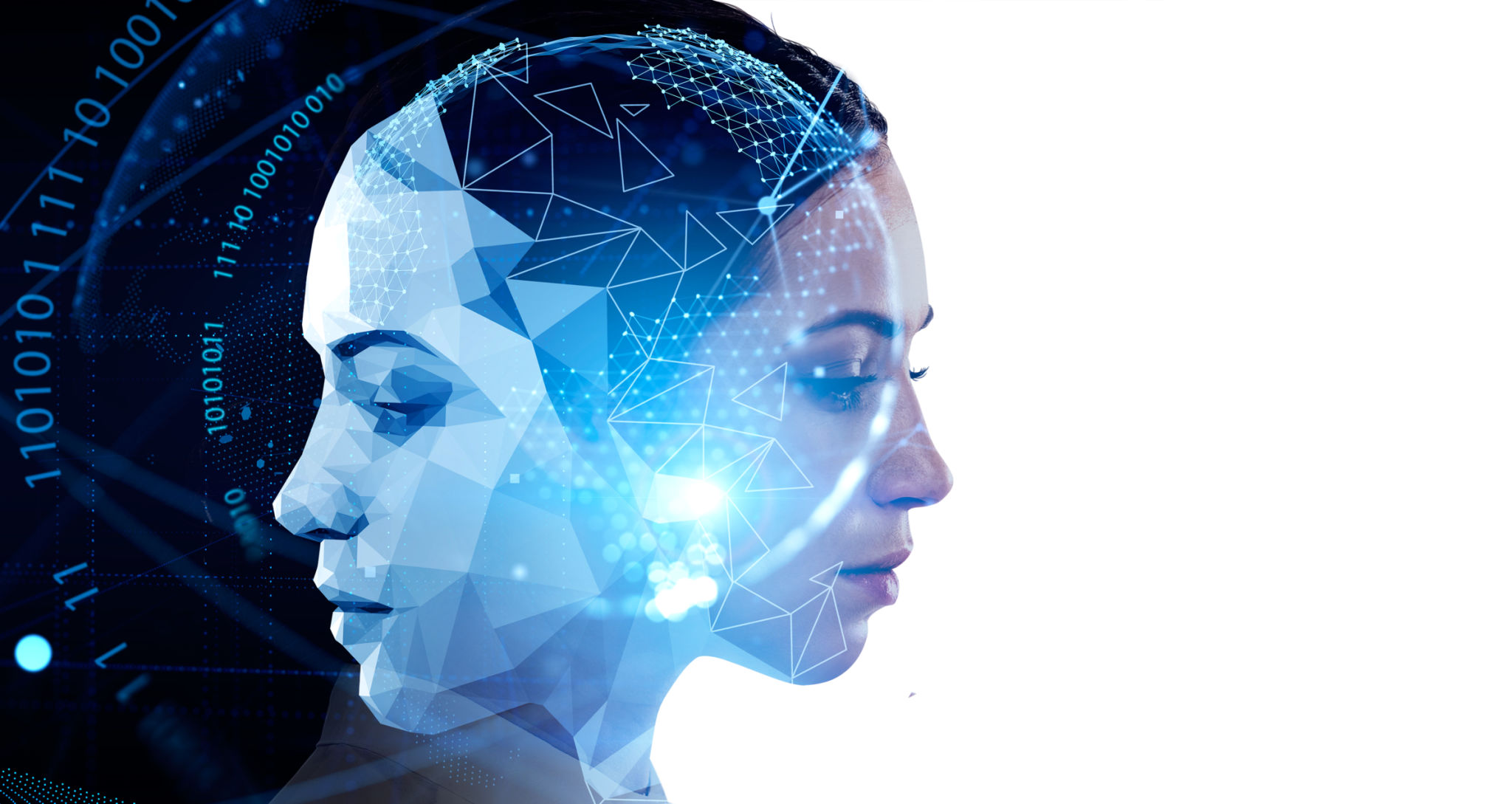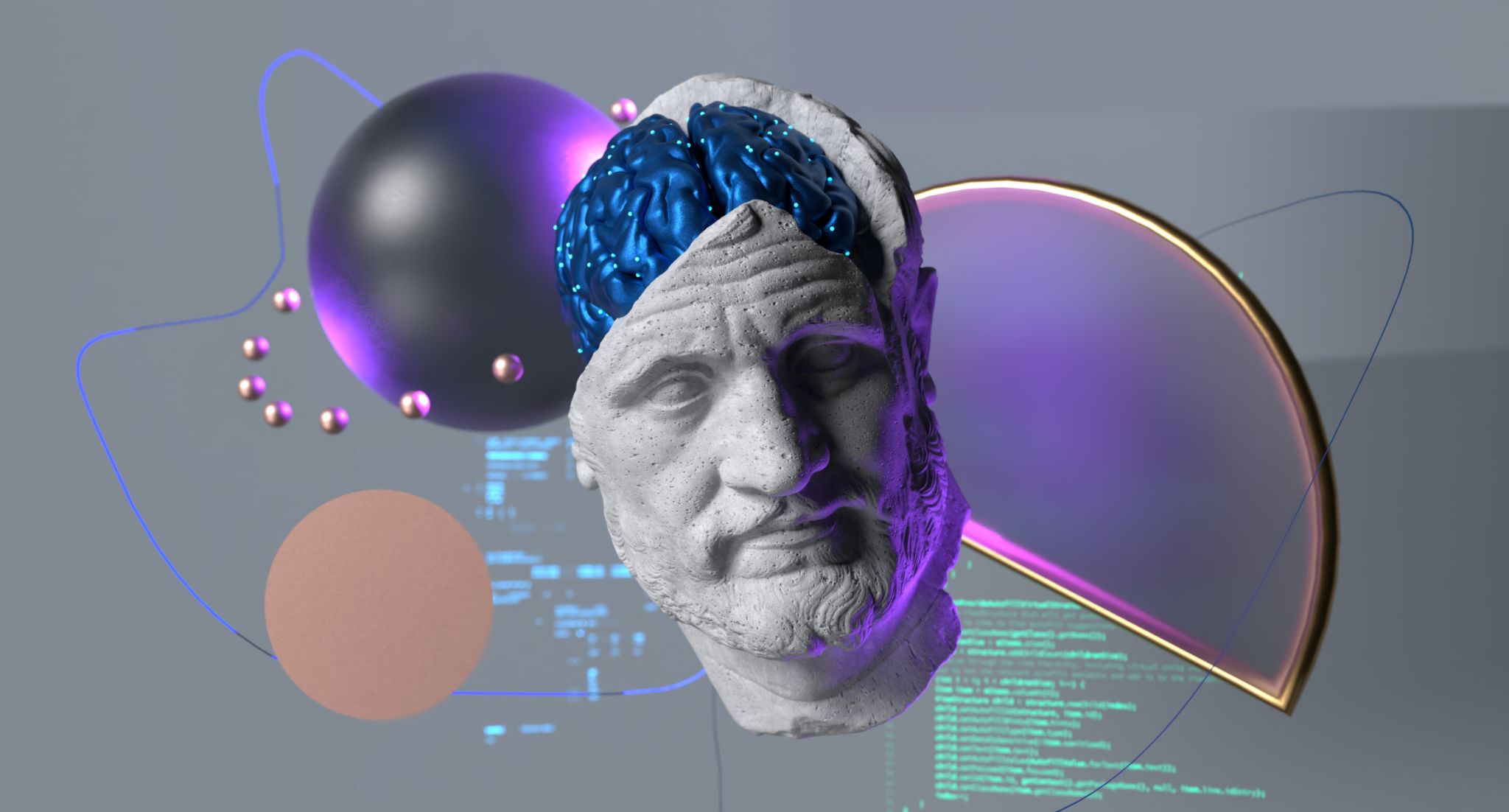Demystifying AI: A Non-Technical Guide to Understanding Today’s AI Buzzwords
Breaking Down AI Concepts for Non-Technical Professionals
In today's rapidly evolving technological landscape, artificial intelligence (AI) has become a cornerstone of innovation across industries. Yet, for many non-technical professionals, the terminology surrounding AI can feel like an impenetrable wall of jargon. This guide aims to break down these complex concepts into digestible explanations that anyone can understand.

The Foundation: Understanding Core AI Concepts
What is Artificial Intelligence, Really?
Think of artificial intelligence as a digital brain that can process information and solve problems. Just as humans learn from experience, AI systems learn from data.
The key difference?
AI can process vast amounts of information at speeds far beyond human capability.
Machine Learning: AI's Learning Engine
Machine Learning (ML) is like teaching a child through examples rather than explicit rules. Instead of programming specific instructions for every scenario, ML systems learn patterns from data.
Example:
When you tag friends in photos on social media, the system learns to recognise faces over time, becoming more accurate with each interaction.
Another example:
Netflix's recommendation system learns from your viewing history to suggest new shows you might enjoy.
Deep Learning: The Brain Within

Deep Learning represents the next evolution in AI capabilities.
Imagine a vast network of digital neurons working together, similar to the human brain. These neural networks can identify complex patterns in data, enabling breakthrough applications like:
Self-driving cars understanding their environment
Virtual assistants comprehending natural speech
Medical imaging systems detecting diseases
For instance:
Google Maps uses deep learning algorithms to analyse traffic patterns and predict journey times.
Today's Hot Topics in AI

The Rise of Generative AI
Generative AI has captured public imagination with tools like ChatGPT and DALL-E. These systems can:
Write human-like text
Create original artwork
Compose music
Generate computer code
How it works:
They learn patterns from massive datasets of human-created content, then use these patterns to generate new, original content.
Think of it as an artist who has studied millions of paintings and can now create new artwork in various styles.
Natural Language Processing: Making Machines Speak Human
Natural Language Processing (NLP) bridges the gap between human communication and computer understanding. It's the technology that powers:
Virtual assistants like Siri and Alexa
Email auto-completion
Language translation services
Customer service chatbots
Example:
Grammarly uses NLP to help people produce clear and grammatically correct written communications.
The Challenge of AI Hallucinations
One of the most interesting phenomena in modern AI is "hallucination," when AI generates plausible-sounding but incorrect information. This occurs because AI models don't truly understand the world; they only understand patterns in data.
Analogy:
It's like someone who has memorised a cookbook but has never actually cooked—they might combine ingredients in ways that sound reasonable but don't work in practice.
Advanced Concepts Shaping AI's Future

AI Orchestration: The Symphony of Systems
AI orchestration is like conducting an orchestra where each musician is an AI system. The conductor (orchestration platform) ensures all components work harmoniously together, managing:
Resource allocation
Workflow optimisation
System integration
Performance monitoring
Agentic AI: The Next Frontier
Agentic AI represents a significant step toward more autonomous systems. These AI agents can:
Make independent decisions
Adapt to new situations
Learn from their environment
Complete complex tasks with minimal human oversight
Example: In Thailand, 7-Eleven uses AI agents to handle 250,000 phone calls daily.
RAG: Making AI Smarter and More Reliable
Retrieval-Augmented Generation (RAG) is revolutionising how AI systems generate responses. By combining the power of large language models with the ability to retrieve specific information from trusted sources, RAG helps create more accurate and reliable AI outputs.
Why Understanding AI Matters

As AI continues to integrate into our daily lives and workplaces, understanding these concepts becomes increasingly important for:
Making informed decisions about AI adoption
Recognising AI's capabilities and limitations
Participating in discussions about AI ethics and governance
Identifying opportunities for AI implementation in your field.
Looking Ahead with Kunavv.AI

The field of AI is evolving rapidly, with new terms and concepts emerging regularly. However, by understanding these fundamental concepts, you're better equipped to:
Evaluate AI solutions for your needs
Participate in AI-related discussions
Stay informed about AI developments
Make strategic decisions about AI implementation
Remember, you don't need to be a technical expert to understand and engage with AI concepts. The key is focusing on what AI can do rather than the complex mathematics behind it.
At Kunavv.AI Technologies, we immerse ourselves in these issues every day, so we are ideally placed to advise our clients on the way forward.
As AI continues to shape our world, staying informed about its capabilities, limitations, and evolving applications becomes increasingly important. By understanding these key terms and concepts, you're better equipped to navigate the AI-driven future that lies ahead.
Don't hesitate to contact us at [email protected].
